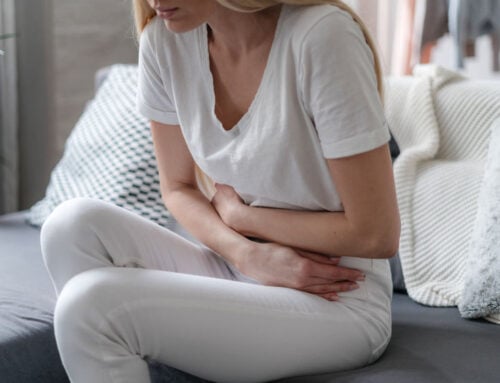A View Inside
Sometimes, serious signs and symptoms such as severe abdominal pain, bleeding, or swallowing difficulty require more interventions. A medical procedure such as an upper endoscopy helps to diagnose and treat various gastrointestinal symptoms. Knowing about the procedure, preparation, and complications is imperative for the patient’s knowledge.

The importance of diagnosis
An endoscopy is needed for a diagnosis or treatment. A patient with unexplained severe abdominal pain, bleeding, weight loss, nausea and vomiting, and difficulty swallowing requires an endoscopy. Several disorders are diagnosed with this technique such as stomach ulcers, cancer, acid reflux, inflammatory-related disorders, and celiac disease. Medical conditions pertaining to swallowing difficulty can be diagnosed. Moreover, an endoscopy can be used to treat conditions such as polyps, tumors, foreign bodies, and gastrointestinal bleeding.
How to preop
The doctor will provide instructions to the patient a day before the procedure takes place. The doctor will ask the patient to have an empty stomach before the endoscopy. No food or drinks, including water, is allowed for at least 6 hours before the procedure starts. Inform the doctor if one is on medications so that adjustments are made to the patient’s current medications if necessary. Do not forget to mention to the healthcare provider if there are any existing allergies.
My time during the endoscopy
The test is usually quick and takes about 30 minutes. A sedative and numbing spray are administered to the patient’s back throat. A mouthguard is placed to protect the teeth and vitals are monitored throughout the procedure. When appropriate, the doctor will introduce the endoscope through the mouth into the gastrointestinal structures for viewing. Depending on the case, the doctor will either diagnose or treat the condition during the endoscopy.
On your side
The patient will be placed on the left side during the endoscopy. The test may feel uncomfortable but does not interfere with one’s breathing. A numbing spray is administered to prevent one from gagging when the endoscope is entered. During the test, some air may be pumped to better visualize the internal structures.
After viewing my internal structures
Once the upper endoscopy is completed, the patient is transferred to the recovery room for observation and monitoring of vitals. Some after-effects, such as sore throat, cough, hoarseness, nausea or bloating are common. The doctor will advise when one can resume eating and returning to other activities.
Outpatient procedure
An upper endoscopy is a quick procedure that helps to diagnose and treat gastrointestinal problems such as severe abdominal pain. The test is relatively safe that requires the patient to fast for at least 6 hours before the procedure. Discuss specific expectations and concerns with a specialist.



